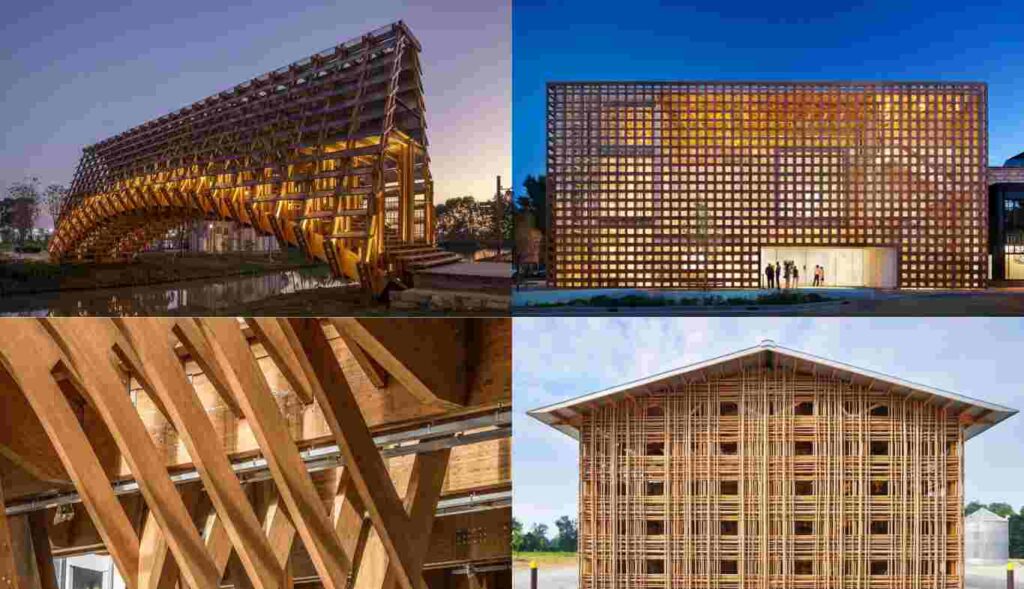There’s a renaissance going on in wood architecture. The global trend for sustainable living has seen architects and designers reach for wood as a key material. This resource, unparalleled in versatility and aesthetic, is remodelling the face of architecture. Read on for the trends in wood architecture abroad, from sustainability to engineering marvels to the very new ways homes are redefined, and what that means in a global sense.
The Rise of Sustainable Wood Architecture

Sustainability is no longer an option, it’s a necessity. With climate change speeding up, there has been a push for eco-friendly practices across industries — and architecture is no different. Wood architects have stepped into the role as heroes of environmentally friendly design and succeed with many environmental advantages for builders and the Earth.
Wood Is a Sustainable Material—Why?
Wood is renewable, unlike materials such as concrete or steel. Harvested responsibly from sustainably managed forests, it creates a closed-loop system that minimizes environmental impact. In addition, wood has a unique property to sequester carbon dioxide, working against global warming. As per research, one cubic meter of wood can effectively sequester about one ton of CO2, which makes it an ideal material for environmentally-friendly construction.
Sustainable Wood Project examples
Architectural innovations demonstrate the ways in which wood can reconfigure urban and rural environments. For example:
- Treet (Norway): This 14-story residential building of cross-laminated timber (CLT) shows how wood can be used in place of steel for high-rises.
- W350 Project (Japan): Designed to be the tallest wooden skyscraper in the world, this project by Sumitomo Forestry showcases the ecological awesomeness of wood architecture while taking it as far as it will go.
- From small cabins to soaring skyscrapers, wood is emerging as both a flexible and sustainable building material.
- Old Meets New: Merging Tradition with Contemporary Woodfurniture
An exciting trend in timber architecture is the blend of warm, traditional features with modern, smart design. Not only does this approach maintain cultural heritage, but it also creates dynamic spaces that serve modern needs.
Also read (carnegie house nyc)
Woods and Waters: A Revisit to Traditional Wooden Structures
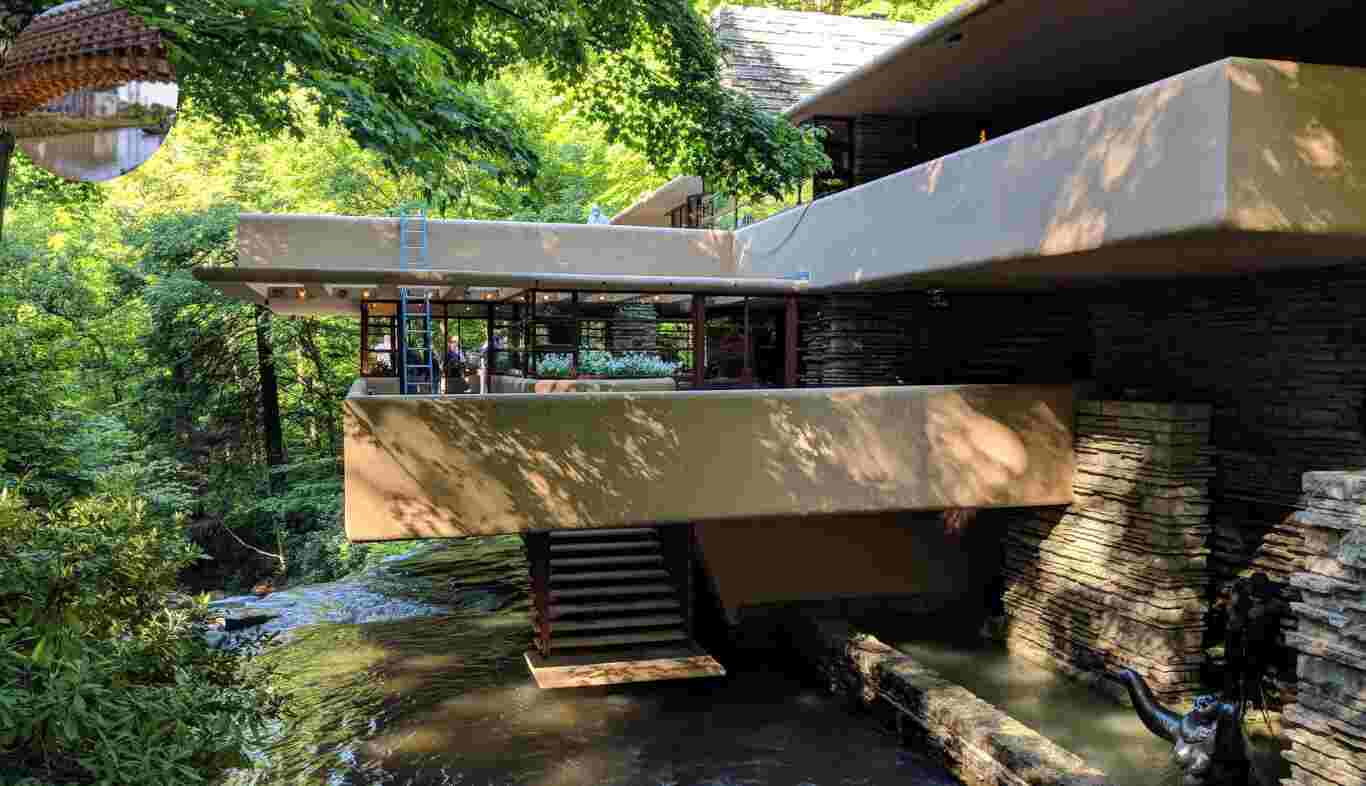
Traditional wooden buildings, like Japanese temples or Scandinavian cabins, have endured for centuries. These strong buildings are perfect examples of ancient architecture, showing us that wood can last harsh weather while remaining beautiful at the same time.
New Extensions: Other Functionality
These days architects are exploring the idea of merging a traditional timber structure with a contemporary addition. For example:
- Fjordenhus, Denmark A hand-crafted wooden building that pays homage to craftsmanship and tradition at the same time as it incorporates modern, simple design.
- House in the Mountains (Norway) A traditional wooden cabin in the mountains is updated with a glass and steel extension that adds functionality while respecting the rustic references of the original.
By mixing old with new, architects are reimagining how we use wood in building design — and how to think about it.
Holly Hunt: Timeless Design Choice
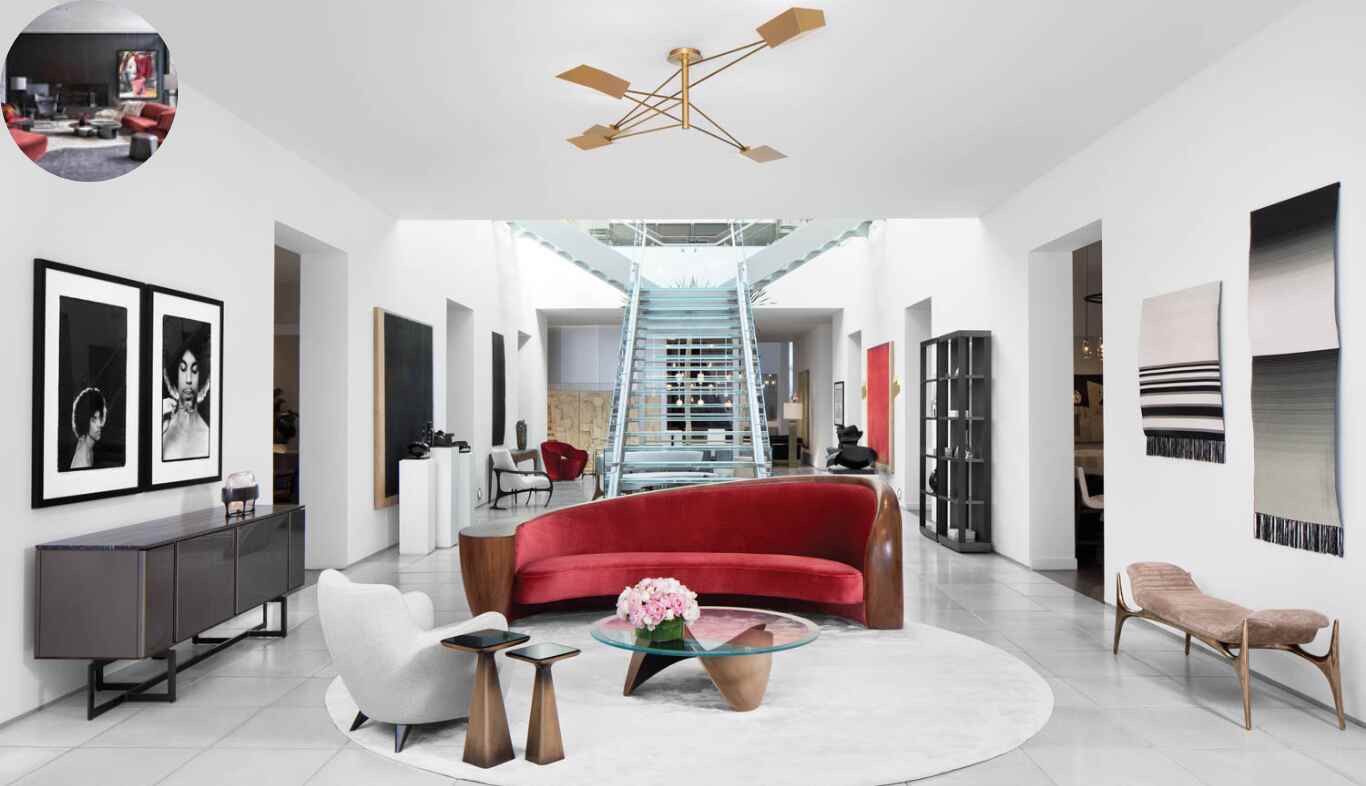
Wood has a natural hominess and individuality that cannot be replicated with another material. Which is why full wood interiors are emerging as a signature of timeless elegance in modern design.
Why Full Wood Interiors are So Appealing
Now, imagine entering a home where every single aspect of it — from the floors to the ceilings — is made of rich, natural wood. These are spaces that feel cozy, warm, and peaceful. However, wood is more than just an aesthetic choice; it has practical benefits too:
- Acoustic Insulation: Wood absorbs noise as a result, making for quieter and more restful interiors.
- Thermal Efficiency: A property of wood is its natural ability to regulate temperature, providing warm spaces in winter and cooler environments in summer.
Full Wood Interior Designs Examples
- Scandinavian Minimalism: Scandinavian designs tend to incorporate light-colored wood, leaving hallways and other areas bright and open, but still homey.
- Rustic Farmhouses: Full wood interiors in darker tones tell a story of coziness and nostalgia, rough textures invite people to stay.
From luxurious estates to cozy city dwellings, all wood design is a classic look that will always have a place in residential design.
The Future of Wood Architecture: Modular and Mass Timber Construction
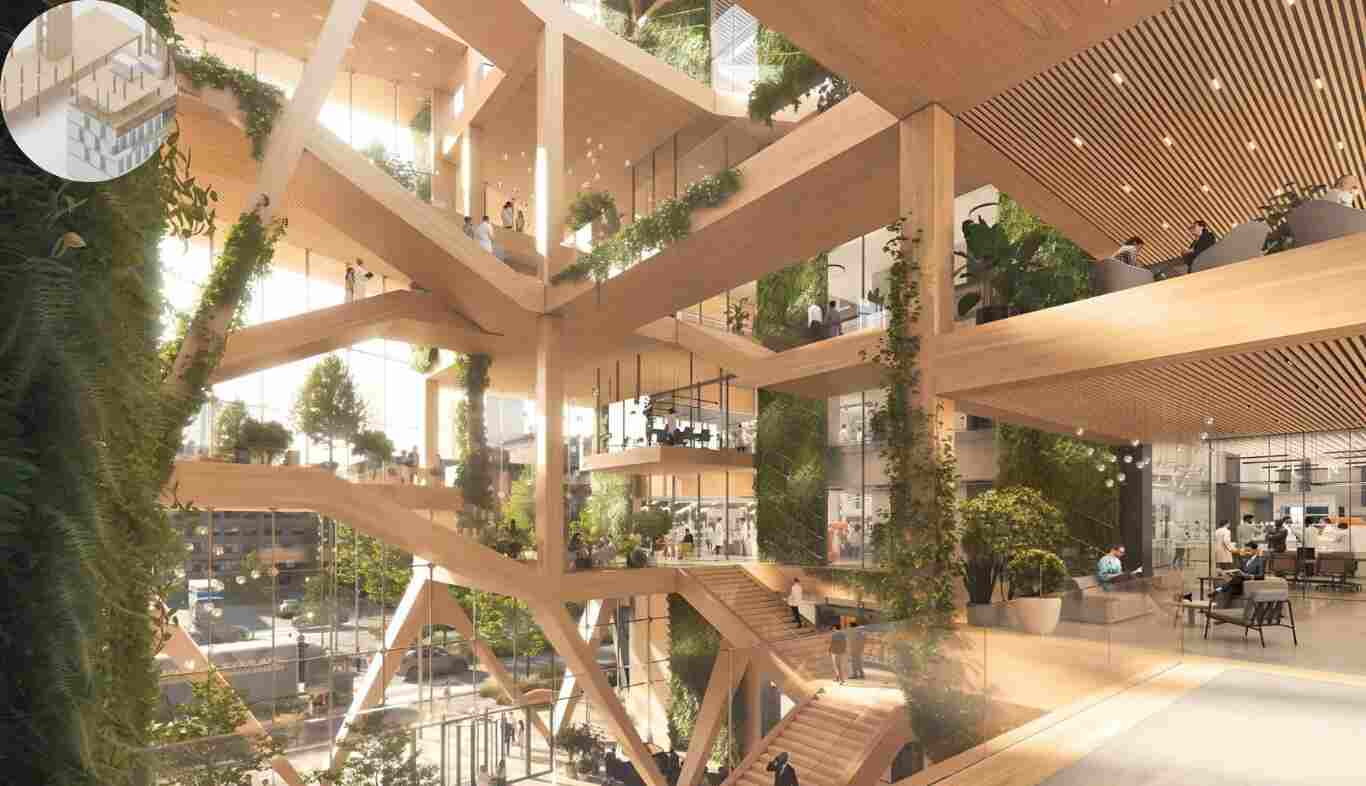
With steadily increasing urbanization, there is a rising need for effective and sustainable construction practices. This is a place where modular and mass timber construction shines, providing more innovative solutions to contemporary construction challenges.
What Mass Timber and Modular Construction Are
Mass Timber — These engineered wood products (CLT and Glulam) are used to build large, load-bearing structures. These are eco-friendly, extremely strong, and durable materials.
Modular Construction: Offsite prefabricated wooden modules are built and assembled on-site, providing a speedier construction time and reduces waste.
Benefits of Modular and Mass Timber Building
- Faster Timelines: Prefab modules and engineered wood can be assembled much quicker than in traditional construction.
- Environmental Advantages: These methods are less energy-intensive and generate negligible waste.
- Yet, the benefits are refined as: Modular construction provides endless design flexibility; it can cater to different architectural needs.
Projects Leading the Way
- Brock Commons (Canada): A high-rise student residence (18 stories), an example of what mass timber construction can achieve.
- The Smile (UK): A freestanding, modular timber pavilion that shows the beauty and versatility of prefabricated wood structures.
They are more than trends; these methods show the future of sustainable, urban-friendly architecture.
Wood Used in Biophilic Design: Incorporating Nature Inside
Amidst the concrete jungles in this world, the idea of biophilic design seems to take off. This method relies on the integration of people and nature, and wood is everywhere in these harmonious spaces.
What is Biophilic Design?
Biophilic design is an approach to architecture in which natural elements are fashioned into the constructs we build to nurture our mental well-being and improve productivity. Using wood allows architects to bring the outside to indos, homes, offices, and public spaces.
The Role of Wood in Biophilic Design
- Stress Reducing: Research proves that natural material like wood helps reduce stress and promote relaxation.
- Improved Focus: Natural materials like wood are associated with enhanced creativity and focus, which is why they are also a great fit for working environments.
- Air Quality: Wood assists in humidity regulation making for a pleasant indoor climate.
Examples of Biophilic Wood Designs
- Google Bay View Campus (USA): It’s wooden elements create a connection for the employees with the nature.
- The Spheres (Seattle): These biodomes that mix wood structures, plants, and natural light offer a calm escape amid urban chaos.
Use of wood in biophilic design: Architects are reimagining our interaction with our surroundings by incorporating wood into biophilic design
Engineered Wood Products: Solutions That Reshape Modern Structures
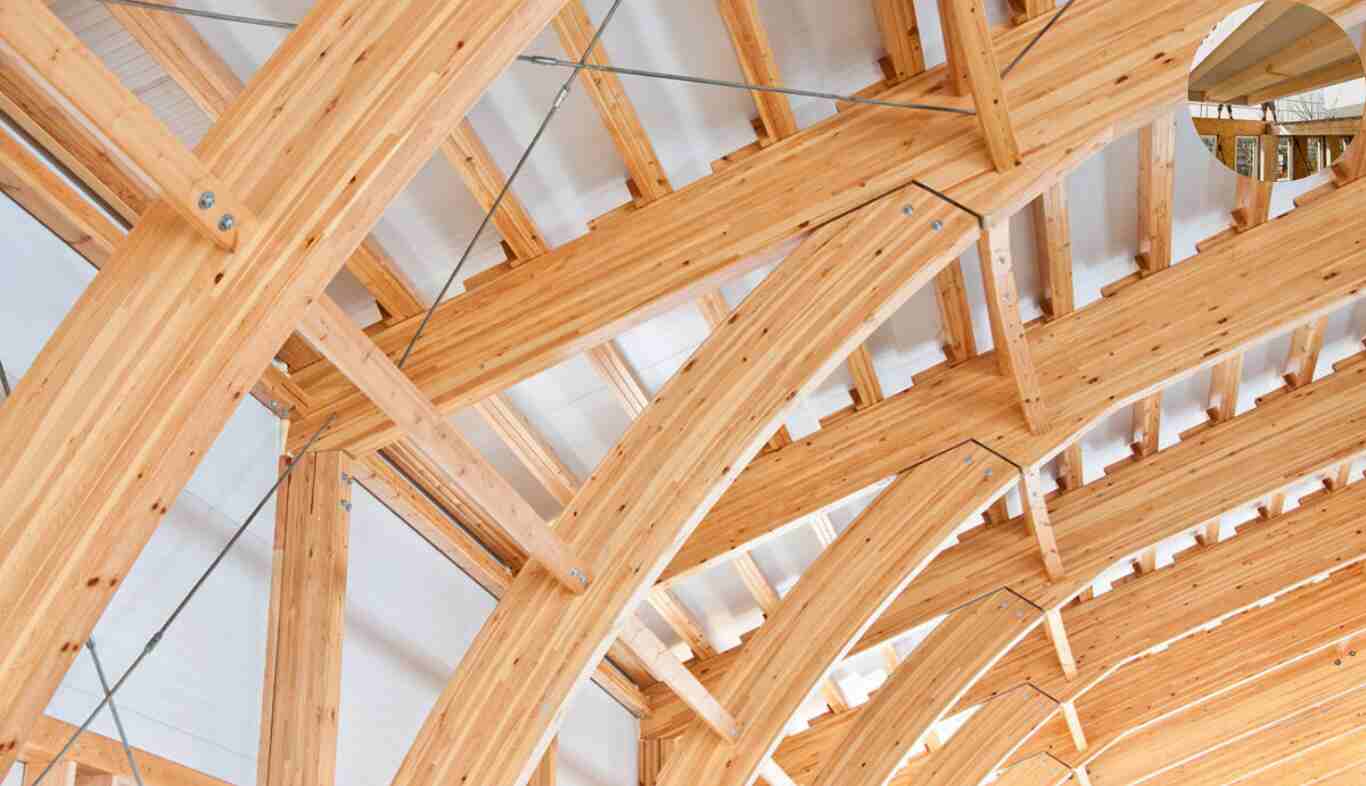
Engineered Wood Products: The New Era of Architecture They combine strength with the flexibility of wood, making them perfect for cutting-edge designs.
What Are The Popular Engineered Wood Products?
- Nor will this date change anything in your ability to build with Cross-Laminated Timber (CLT), a product that can look and behave like concrete and steel in multi-storey loads.
- Laminated Veneer Lumber (LVL) High strength and wide spans make LVL ideal for beams and columns.
- Glue-Laminated Timber (Glulam): Glulam is commonly used in curved structures because it is flexible.
Advantages of Engineered Wood Products
- Durability: The engineered wood lies flat and will not warp, shrink, or split.
- Eco-friendliness: Because there are smaller wood pieces in these products waste is reduced.
- Timber Beauty: Engineered wood keeps the beauty of natural timber.
Modern Architectural Applications
As for towers and roadways, engineered wood products are allowing innovative designs. For instance:
- Mjøstårnet (Norway): This 85-meter tall wooden skyscraper demonstrates the strength and versatility of engineered wood.
- Sara Kulturhus (Sweden): A beautiful carbon-neutral cultural center built from the combination of CLT and Glulam.
Conclusion
Wood: There’s More to It than Building Wood architecture is changing the way we design and build spaces, from sustainable practices to innovative engineering. And as we’ve noted, trends such as biophilic design, modular construction and full wood interiors are paving the way toward a more beautiful future, one that’s also greener.
Also read (troy aikman house santa barbara)
